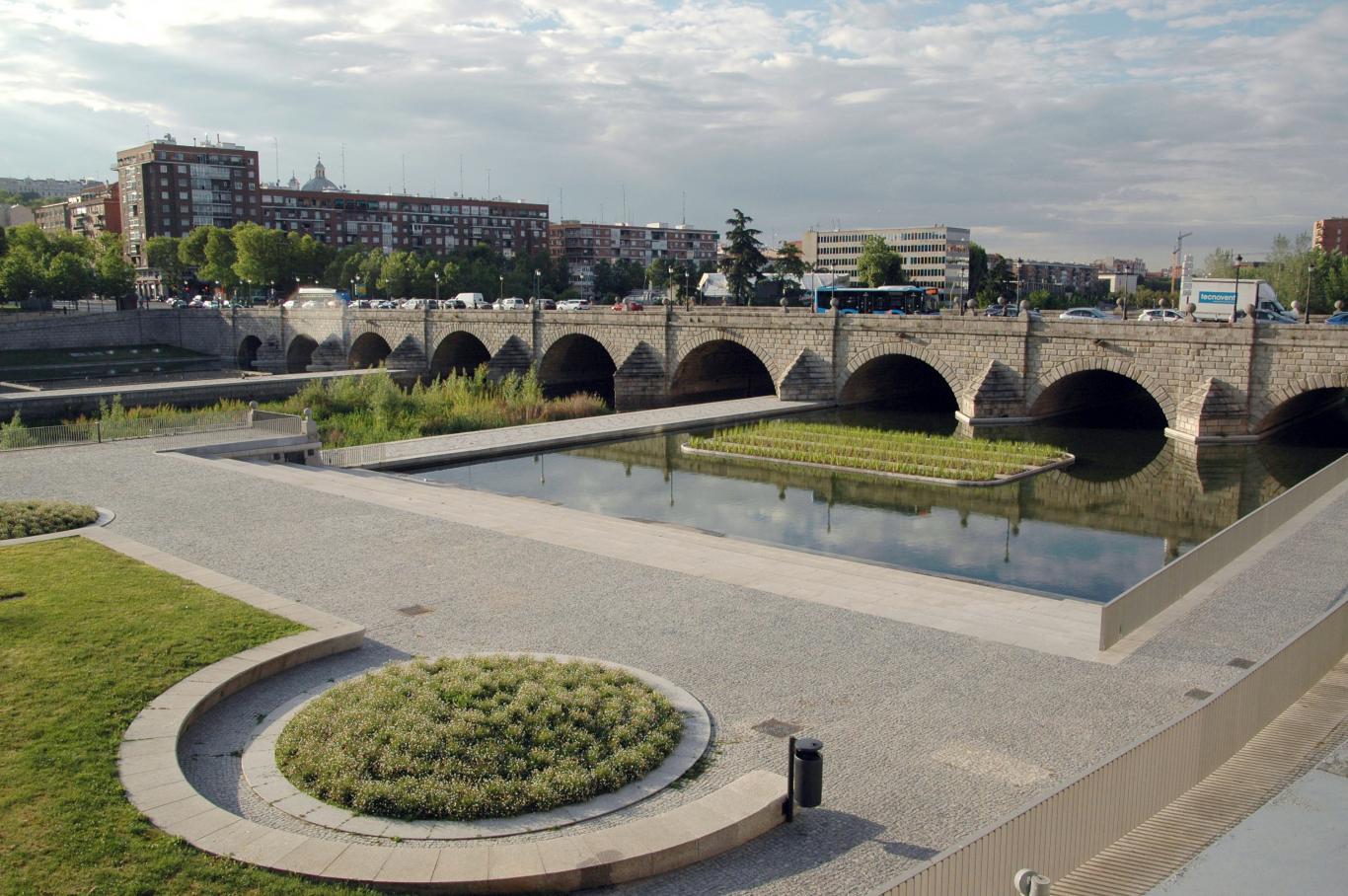
Architects of Madrid: Juan de Herrera
Coming from a noble family, little is known about his beginnings, except that he was a soldier in Flanders, a guard of Charles V (whom he served until his death in Yuste) and later of his son Philip II.
Brief biographical sketch
Juan de Herrera (Movellán, 1530- Madrid, 1597)
In the years as Carlos V's guard he trained in architecture, but also in geometry, mathematics, astronomy and even alchemy, materials that would serve to design ingenuities and tools applied to construction.
Its influence will be such that the 'Herrerian' style will end up defining the architecture of the Habsburgs, whose influence will spread throughout the Spanish Empire. Style easy to recognize in the symmetry of the buildings or in the slate towers, topped with lanterns or spiers in which dormers and chimneys open.
The Spanish Renaissance architecture is marked by the purist and sober taste imposed by the court of Philip II, a strong supporter of the Council of Trent who wanted Spain to lead the opposition to the reform of Luther.
Herrera dies in Madrid in 1597 leaving a mark that will be maintained through the work of disciples like Francisco de Mora and his nephew, Juan de Mora.
Works
The demonstration of the power of the Empire will materialize in the construction of the Royal Monastery of El Escorial, a colossal project of great symbolic, religious and artistic weight, initiated by Juan Bautista de Toledo in 1563 and which, upon his death, Juan de Herrera will continue. It is a set with a sober exterior and a geometric composition made up of a basilica, a pantheon, a palace and a library, all surrounded by gardens.
As court architect, he also took care of other works promoted by the king's initiative, such as those of the Aranjuez palace, a project that was not completed until the arrival of the Bourbons, or the Bridge of Segovia, one of the entrances to Madrid. most important of the time and which is currently the oldest bridge that is preserved in the capital.
To the legacy of Madrid from his work in the service of the crown, we must add the particular order of Diego Fernández de Cabrera: the reform of his castle of Villaviciosa de Odón. It is one of the last manorial fortifications that are built in Madrid and that currently houses the Historical Archive of the Air Force.
Other fundamental works already outside the Community of Madrid that have defined the architecture of the Austrias are the Casa de la Contratación de Sevilla, now Archivo de Indias, the façade of the Palace of Carlos V, in the Alhambra of Granada, and the southern façade of the Alcázar de Toledo, current Army Museum.












